Description
A hand forged D6 die in brass. Forging brass is a technically challenging task. I’ll describe the process below.
Forging mild steel: In order to understand how brass is challenging to forge, and why some professional blacksmiths won’t work with it at all, it helps to have a basic understanding of forging steel. When forging mild steel you use the incandescent glow from the hot steel to visually gauge temperature, and you can hit as hard as you want and keep forging the material all the way down to a low temperature without issue. Likewise you have little worry of overheating the material as it doesn’t start to burn until it reaches 1330 degree Celsius. A temperature a propane forge won’t reach without deliberately setting it up for it. The heating of the mild steel also keeps it from work hardening so you can heat, beat, repeat without any obstructions or issues.
Forging brass: Brass melts at a temperature of 927 degree Celsius, meaning that once it starts to glow, it’s already near the melting point. For that reason brass has to be forged at a temperature low enough where it isn’t glowing, and as such we can’t tell by colour when it’s too cold to forge. Instead we have to go by intuition and the sound the metal makes when struck by the hammer. Forging it too cold will break the piece. Brass’ melting point is far below the lowest capability of even the smallest propane forge, meaning the risk of it melting in the forge is huge and you have to constantly keep your eyes fixed on it, as 10 seconds difference is all it takes to melt the project. Now combine the difficulty of gauging temperature and the risk of melting it, with the issue of brass work hardening very quickly. You can never strike brass as hard as you’d like, as it’s very soft and will move too far, and it cracks and breaks the moment that happens. The general idea is that 1/3 the thickness of the material is the absolute most you can deform it before you’ll have to anneal the piece. Annealing of brass is done by heating it up and rapidly cooling it by quenching in water. The difference between forging 10mm of mild steel down to 5mm and doing the same with brass, is that with mild steel it can be done in one heat with no concern, whereas with brass you’ll carefully heat it, gently forge it down to 7mm, then heat again in order to anneal, then heat it again and forge it down to the final 5mm – It has now taken 3 heats to move brass as far as you could move mild steel in 1 heat.
This results in an extremely slow, tedious and risky work process for forging brass.

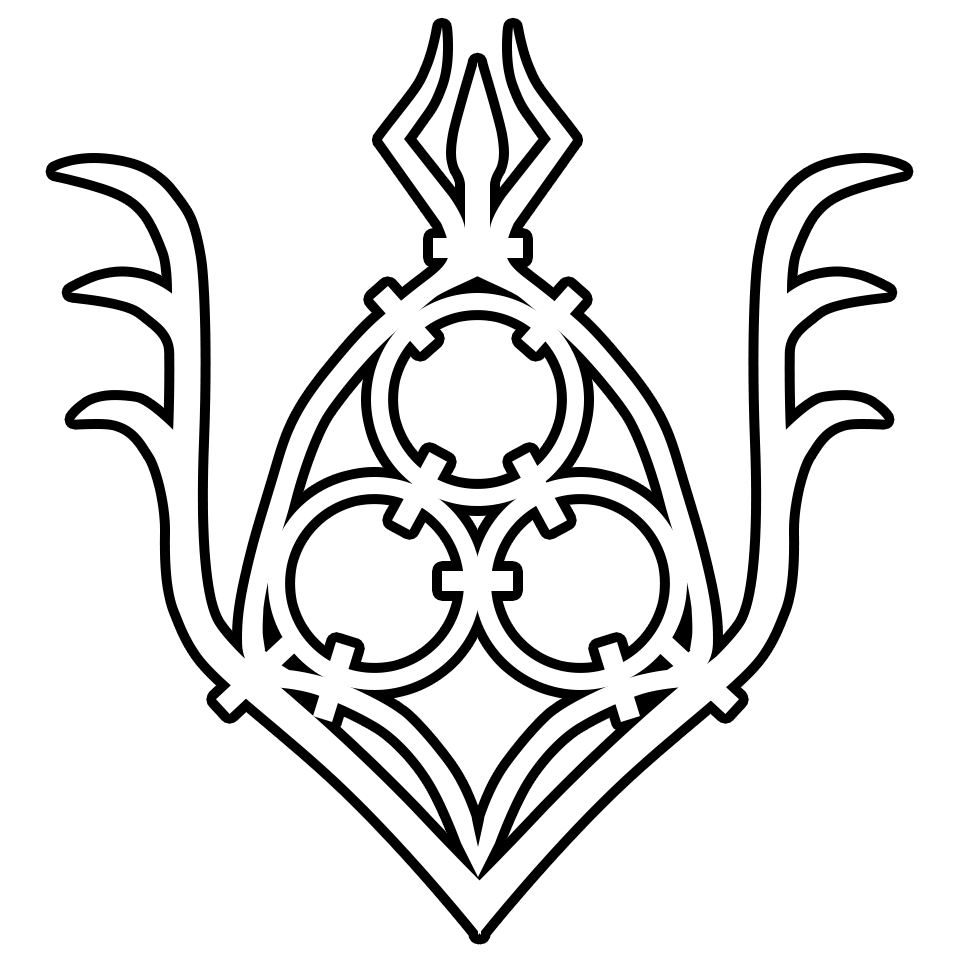
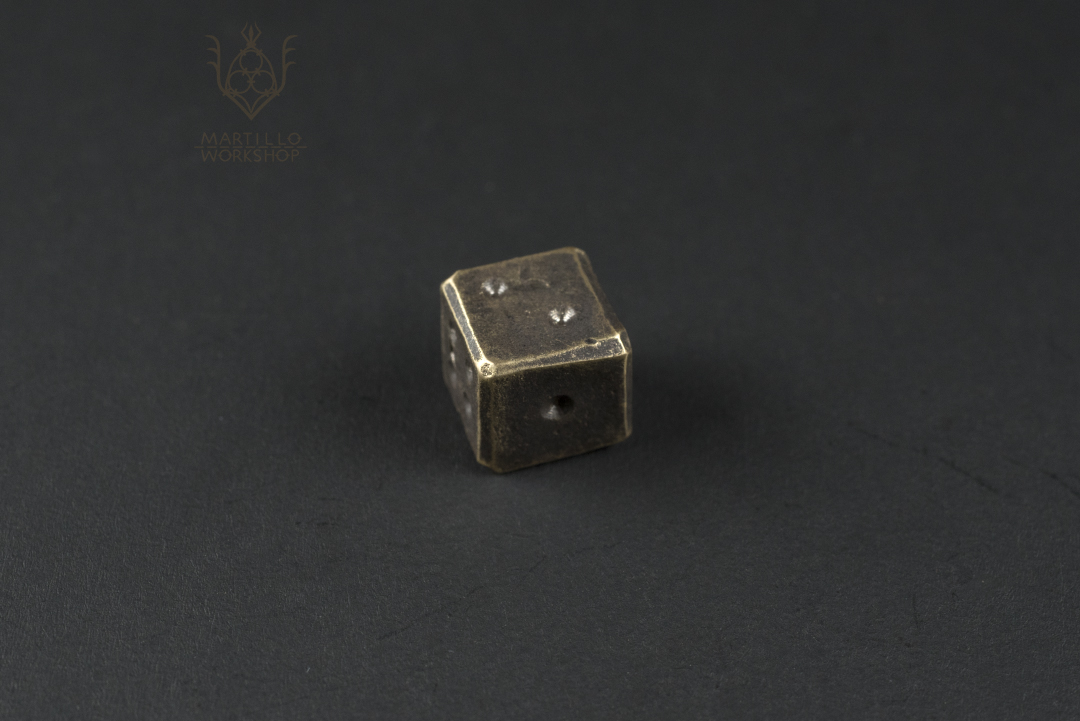


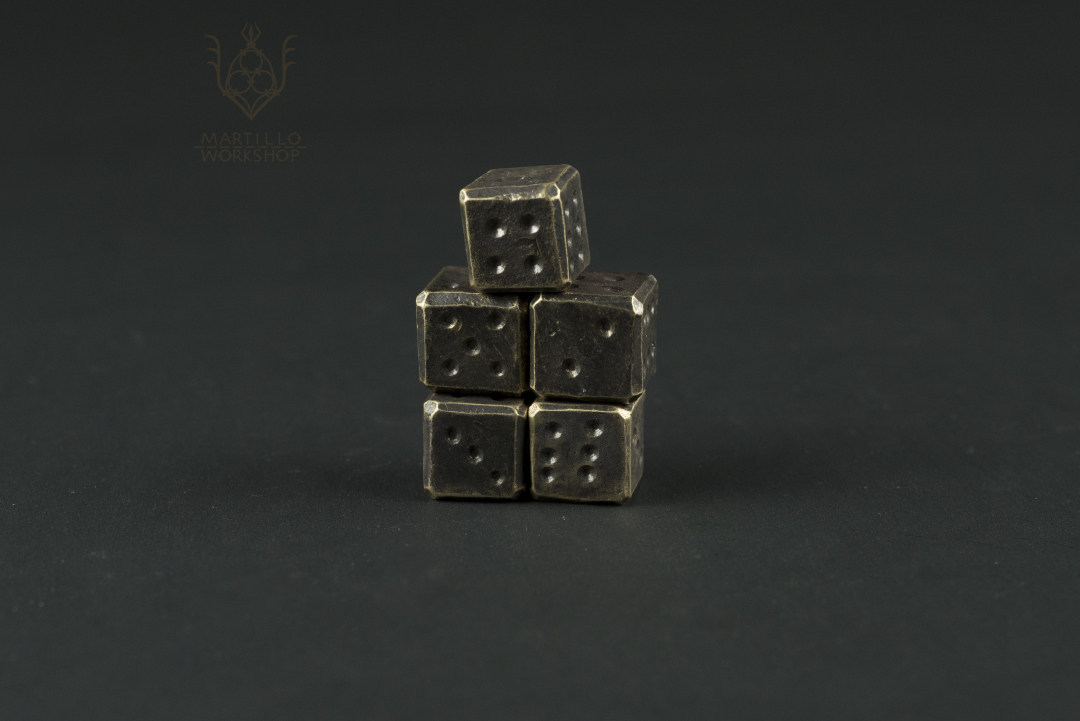
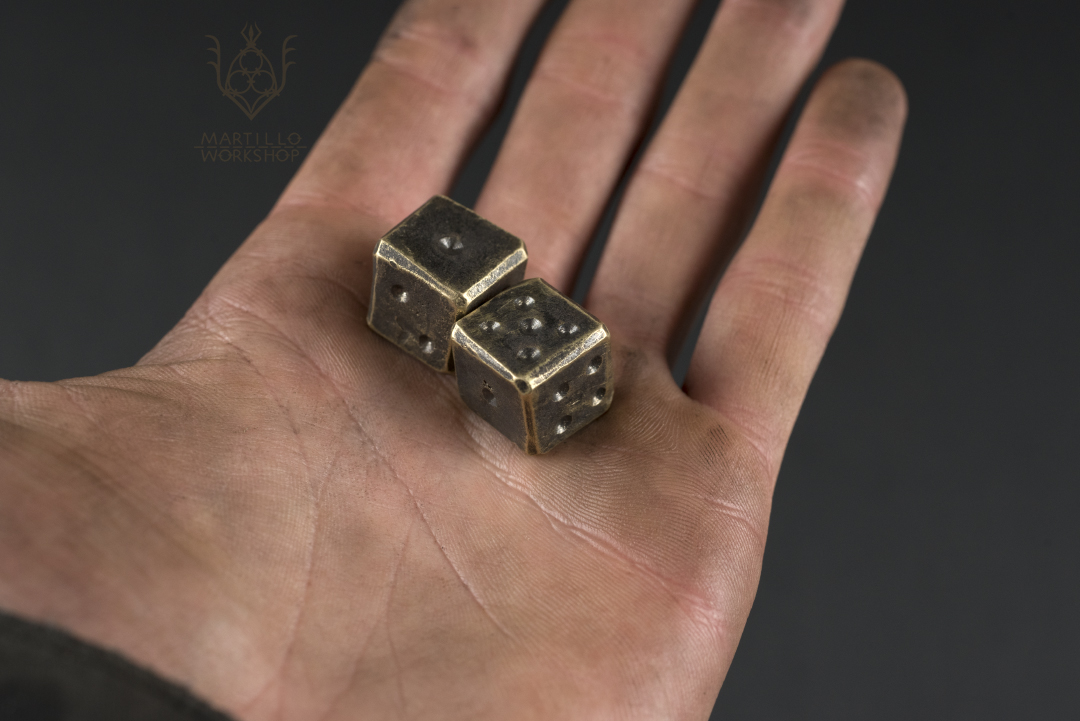
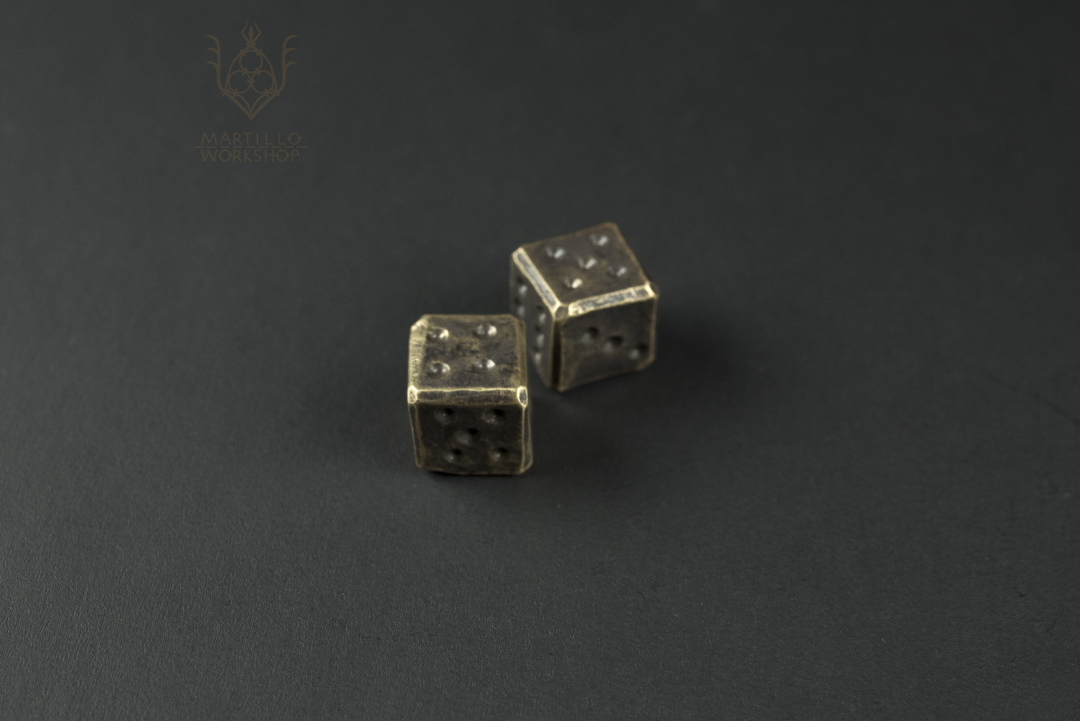
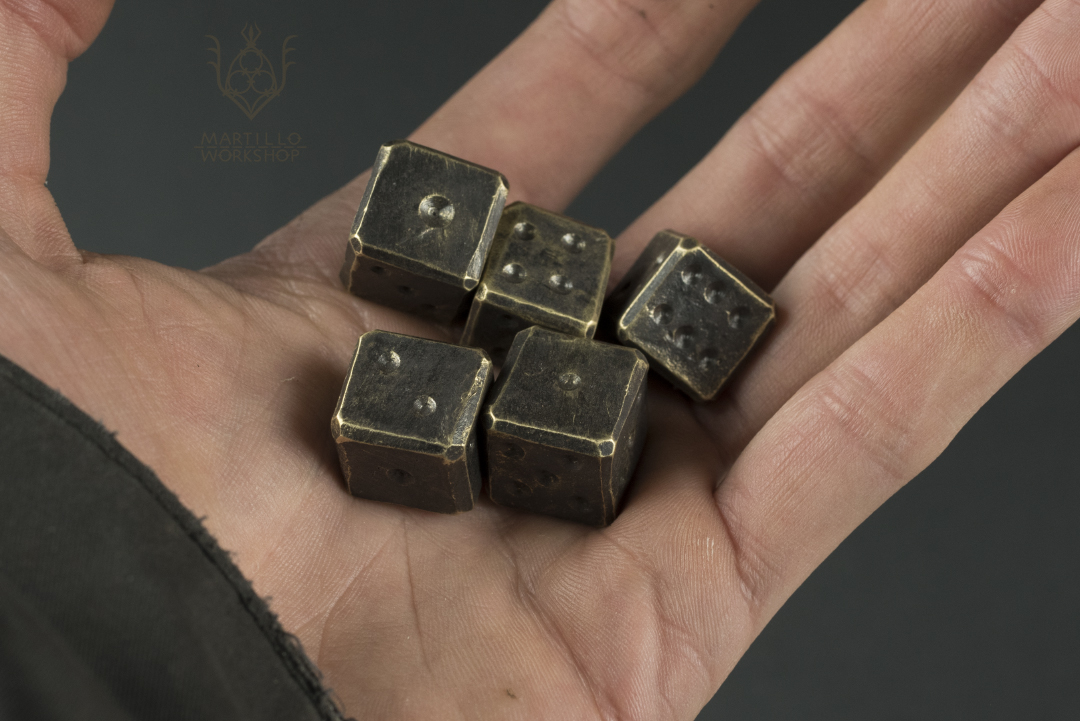
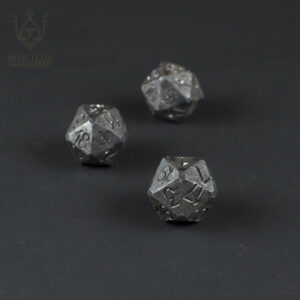
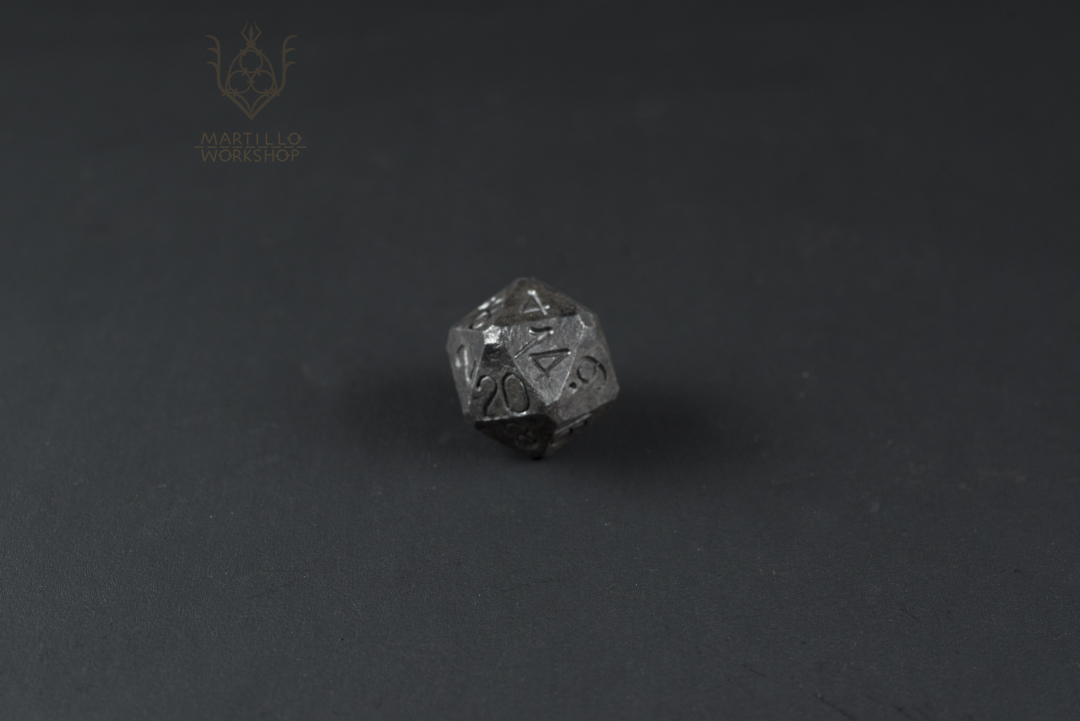
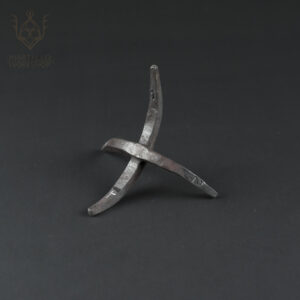

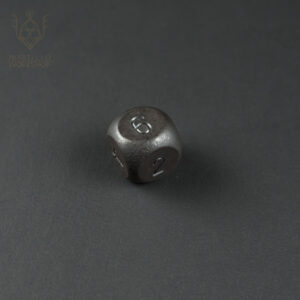

Reviews
There are no reviews yet.